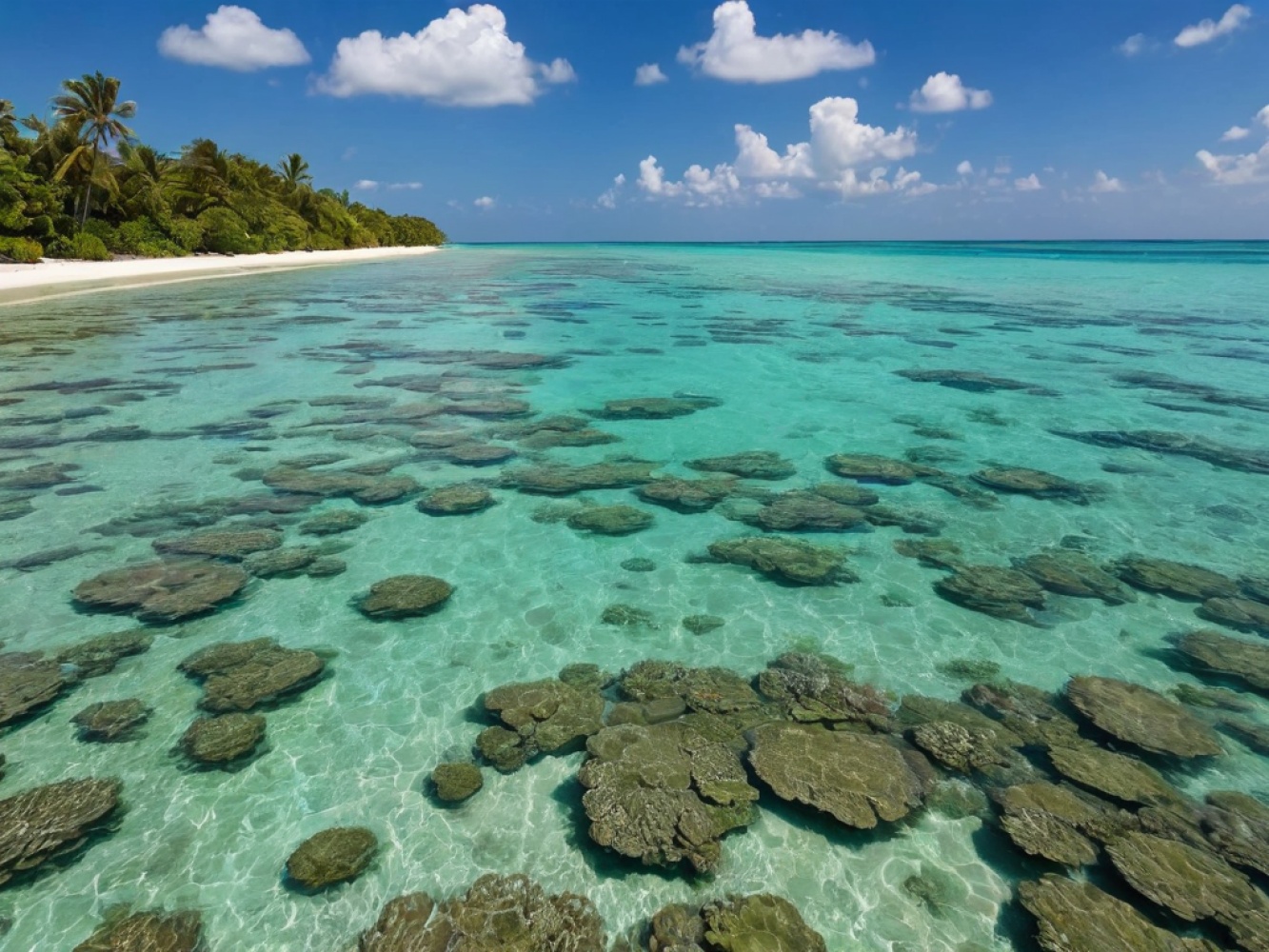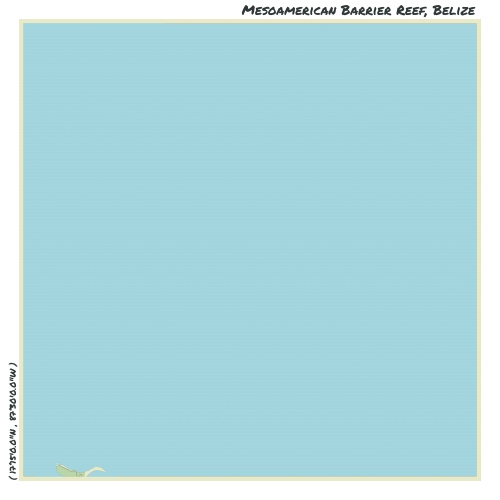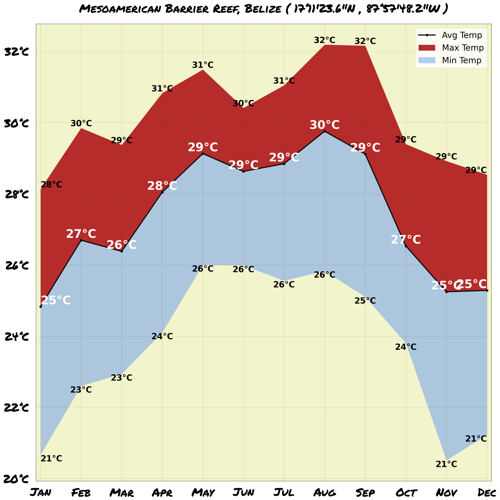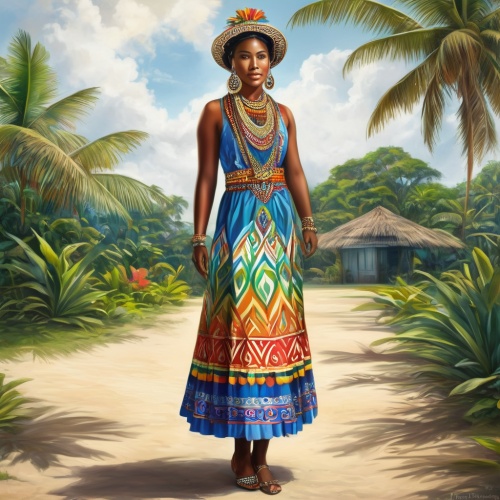Understand
The Mesoamerican Barrier Reef System (MBRS), also known as the Mesoamerican reef, is an incredible natural wonder stretching over 1,000 km from Mexico to Honduras. It is composed of beautiful barrier reefs, atolls, corals, lagoons, sea grass beds, and mangroves. This reef system is home to a diverse array of marine life, including more than 65 species of coral, 350 species of mollusk, and over 500 species of fish. Endangered and protected species such as sea turtles, manatees, and crocodiles can be found here. The reef ecosystem is not only important for the preservation of marine species but also for coastal communities in the region. It provides vital resources such as major fisheries, local food supplies, and protection from storms. Additionally, the Mesoamerican Barrier Reef System supports a thriving marine tourism industry, attracting visitors from all over the world. In recent years, efforts have been made to promote sustainable tourism and conservation of the reef. Initiatives such as the Coral Friendly Guidelines for Tourists have highlighted the role of divers, snorkelers, and other coral reef visitors in protecting this fragile ecosystem. The collaborative efforts of organizations like the ICRAN Mesoamerican Reef Alliance have helped improve economic and environmental sustainability in the region. Visitors to the Mesoamerican Barrier Reef System can choose to support conservation by patronizing tour operators and businesses that have adopted voluntary sustainable tourism practices. By doing so, they contribute to the preservation of this incredible natural resource for future generations. Choose to explore the wonders of the Mesoamerican reef and be a part of its conservation journey!
Map & Climate
Popular Foods
 Belizean Coconut Rice and Beans, also known as "rice and beans," is a staple dish in Belize. It consists of tender black beans cooked with coconut milk, rice, and various spices. The coconut milk adds a creamy texture to this hearty dish. Vegetarian.
Belizean Coconut Rice and Beans, also known as "rice and beans," is a staple dish in Belize. It consists of tender black beans cooked with coconut milk, rice, and various spices. The coconut milk adds a creamy texture to this hearty dish. Vegetarian.  The Belizean Tamal is a popular street food made from masa dough stuffed with a savory filling, typically consisting of meat (such as chicken or pork) and vegetables. The dough is wrapped in a banana leaf and steamed until it becomes soft and bursting with flavor. Meat included (usually chicken or pork).
The Belizean Tamal is a popular street food made from masa dough stuffed with a savory filling, typically consisting of meat (such as chicken or pork) and vegetables. The dough is wrapped in a banana leaf and steamed until it becomes soft and bursting with flavor. Meat included (usually chicken or pork).  The Belizean staple "Garnache," also known as "Garifuna chicken," is a classic dish that reflects the Afro-Caribbean influence in Belizean cuisine. Consisting of chicken marinated in a blend of herbs and spices, it is then slow-cooked over a low heat, resulting in tender, juicy pieces of meat infused with rich, savory flavors. Meat included (chicken).
The Belizean staple "Garnache," also known as "Garifuna chicken," is a classic dish that reflects the Afro-Caribbean influence in Belizean cuisine. Consisting of chicken marinated in a blend of herbs and spices, it is then slow-cooked over a low heat, resulting in tender, juicy pieces of meat infused with rich, savory flavors. Meat included (chicken). 




Comments
NO COMMENTS